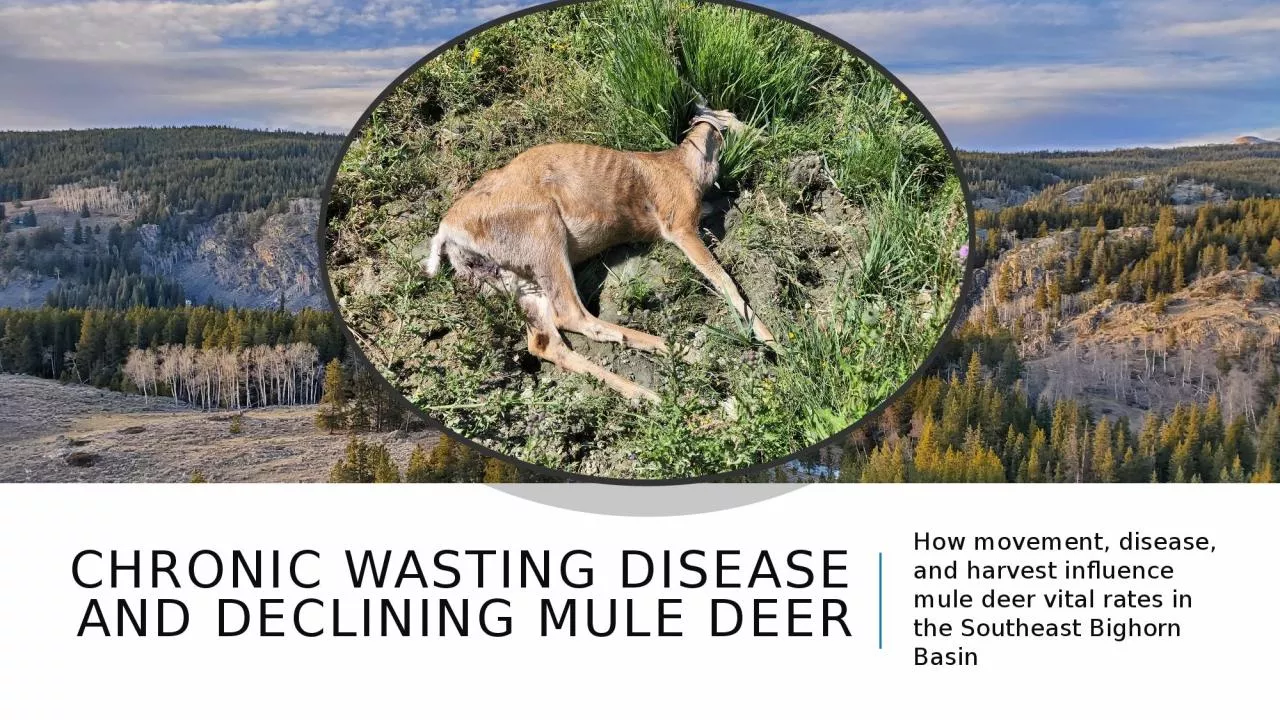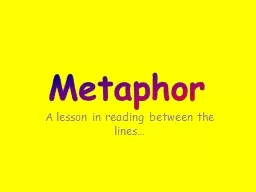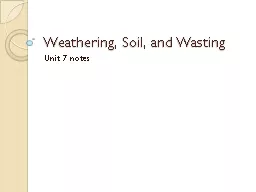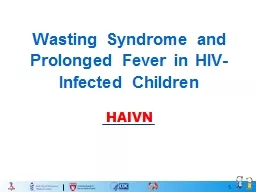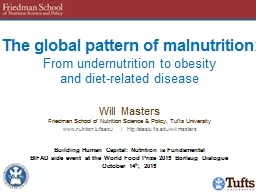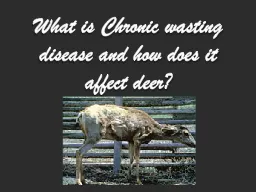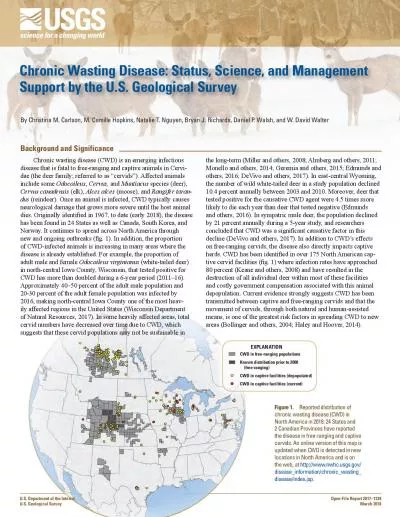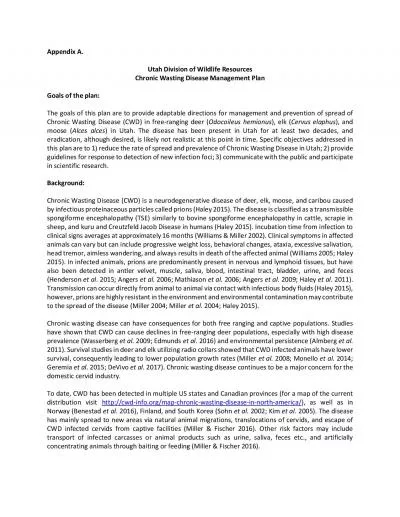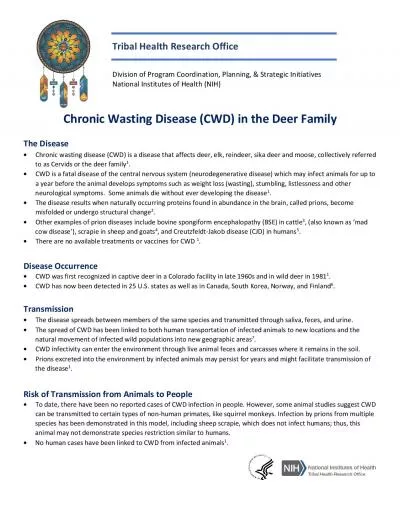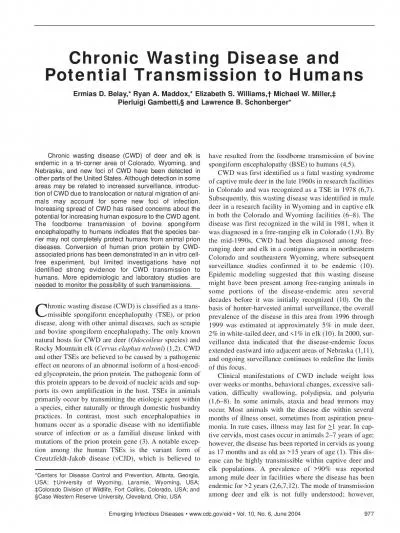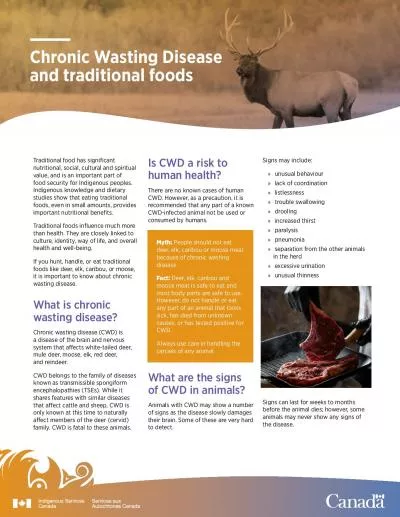PPT-Chronic Wasting Disease and Declining Mule
Author : felicity | Published Date : 2024-01-29
Deer How movement disease and harvest influence mule deer vital rates in the Southeast Bighorn Basin Part of a larger problem Since 2010 33 Decline in the Paintrock
Presentation Embed Code
Download Presentation
Download Presentation The PPT/PDF document "Chronic Wasting Disease and Declining Mu..." is the property of its rightful owner. Permission is granted to download and print the materials on this website for personal, non-commercial use only, and to display it on your personal computer provided you do not modify the materials and that you retain all copyright notices contained in the materials. By downloading content from our website, you accept the terms of this agreement.
Chronic Wasting Disease and Declining Mule: Transcript
Download Rules Of Document
"Chronic Wasting Disease and Declining Mule"The content belongs to its owner. You may download and print it for personal use, without modification, and keep all copyright notices. By downloading, you agree to these terms.
Related Documents

